How Long Does a Hermit Crab Live as a Pet?
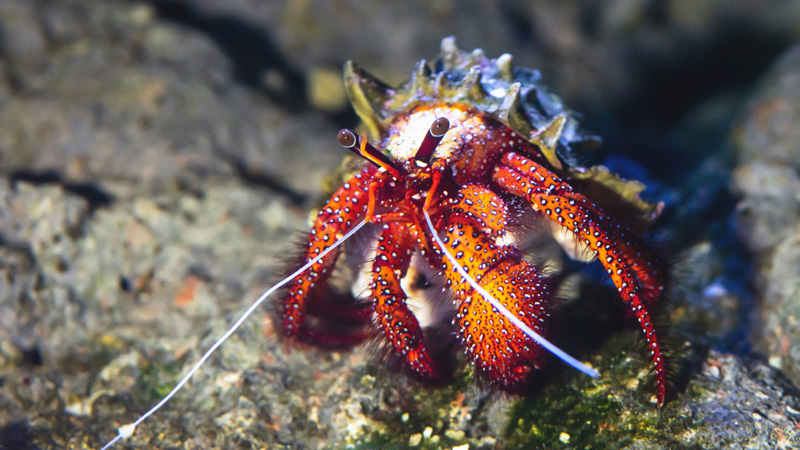
Photo by David Clode on Unsplash
Hermit crabs, those fascinating crustaceans often found scuttling along sandy shores or in the depths of the ocean, belong to the superfamily Paguroidea. These intriguing creatures have captivated the interest of pet enthusiasts worldwide, with their charming personalities and unique behaviors. However, understanding the lifespan of hermit crabs as pets is essential for providing them with the best care possible. In this article, we'll delve into the basics of hermit crab lifespan, exploring the various factors that can influence how long they live in captivity.
The Basics of Hermit Crab Lifespan
Hermit crabs, like many other organisms, have a finite lifespan that can vary depending on several factors. On average, In captivity, hermit crabs typically live between 5 and 15 years, but some species, such as Coenobita clypeatus, can live up to 20 years if properly cared for (the longer recorded lived to be 32 years old). It is important to provide a suitable habitat and proper care to ensure the longevity of these creatures.
It's worth mentioning that the lifespan of hermit crabs can also be influenced by the availability of suitable shells for them to inhabit. As hermit crabs grow, they need to find larger shells to accommodate their size. If suitable shells are scarce, it can impact their survival and lifespan.
If you are considering getting a hermit crab as a pet, it's important to provide a proper habitat with the appropriate temperature, humidity, and access to both land and water areas. Additionally, providing a variety of shell options for the crab to choose from is essential.
Here's a list of 15 common hermit crab species ranked by their average lifespan in captivity:
- 1. Caribbean hermit crab: 10-20 years
- 2. Australian land hermit crab: 10-15 years
- 3. Strawberry hermit crab: 5-15 years
- 4. Ecuadorian hermit crab: 8-12 years
- 5. Viola hermit crab: 5-10 years
- 6. Indonesian hermit crab: 5-10 years
- 7. Blueberry hermit crab: 5-10 years
- 8. Ecuadorian hermit crab: 5-10 years
- 9. Ruggie hermit crab: 5-10 years
- 10. Striped hermit crab: 5-10 years
- 11. Australian flat-clawed hermit crab: 5-10 years
- 12. Halloween hermit crab: 3-5 years
- 13. Blue-legged hermit crab: 3-5 years
- 14. White spot hermit crab: 3-5 years
- 15. Red leg hermit crab: 3-5 years
Factors Affecting Lifespan
Here are the main factors that can affect hermit crabs' lifespan:
Species and Lifespan
There are numerous species of hermit crabs that are commonly kept as pets, each with its own unique characteristics and average lifespan. Among the most popular species is the Caribbean hermit crab (Coenobita clypeatus), known for its vibrant colors and playful demeanor. When provided with the right environment and care, Caribbean hermit crabs can live for more than 20 years, making them a long-term commitment for pet owners.
In contrast, the Pacific hermit crab (Coenobita compressus) tends to have a shorter lifespan in captivity compared to its Caribbean counterpart. While still beloved by many pet enthusiasts, Pacific hermit crabs may live for a shorter duration when kept as pets.
Another species worth mentioning is the Strawberry hermit crab (Coenobita perlatus), named for its striking red coloration. In the wild, Strawberry hermit crabs can live for up to 30 years, but their lifespan is typically shorter in captivity, averaging around four years when kept as pets. Similarly, Australian hermit crabs (Coenobita variabilis) have a lifespan of up to ten years in captivity, providing pet owners with several years of companionship.
Habitat Quality
Providing a suitable habitat is crucial for the well-being and longevity of hermit crabs. Here are some key points regarding habitat quality:
Enclosure Size: Hermit crabs require a spacious enclosure to move around and explore. A larger enclosure allows for more natural behaviors and reduces stress. The recommended rule of thumb is to provide at least 5 gallons of space per hermit crab.
Temperature: Maintaining the appropriate temperature is essential for hermit crabs. They are ectothermic, which means they rely on their environment to regulate their body temperature. Most hermit crab species thrive in a temperature range of 70-80°F (21-27°C). It's important to use a reliable thermometer to monitor the temperature and provide a heat source such as a heat mat or ceramic heat emitter if needed.
Humidity: Hermit crabs come from tropical environments, so maintaining proper humidity levels is crucial. The humidity should be around 70-80%. This can be achieved by misting the enclosure with dechlorinated water or using a hygrometer and a humidifier if necessary. Providing a suitable substrate, such as coconut fiber or sphagnum moss, can help retain moisture and maintain humidity levels.
Substrate: Choosing the right substrate is important for the hermit crab's health and well-being. A substrate with moisture-retaining properties, such as coconut fiber or a mixture of sand and coconut fiber, is recommended. The substrate should be deep enough for the hermit crab to bury itself and molt comfortably.
Decorations and Hideouts: Providing a variety of hiding spots, climbing structures, and decorations, such as rocks, driftwood, and plants, is essential for the hermit crab's mental and physical stimulation. These elements help mimic their natural environment and create a stress-free and enriching habitat.
Regular monitoring of the habitat conditions, including temperature, humidity, and substrate moisture, is important to ensure that the hermit crab's needs are being met. By providing an appropriate enclosure with proper temperature, humidity, and substrate, you can help promote the well-being and longevity of your pet hermit crabs.
You May Also Like
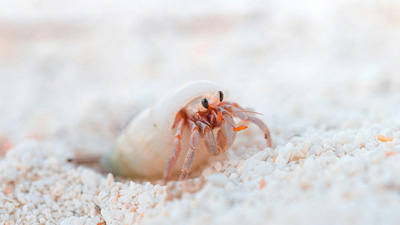 Other PetsIs a Hermit Crab a Vertebrate or Invertebrate? (Invertebrate)
Other PetsIs a Hermit Crab a Vertebrate or Invertebrate? (Invertebrate)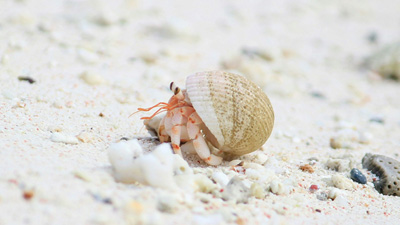 Other PetsDoes a Hermit Crab Have a Backbone?(No, Invertebrates)
Other PetsDoes a Hermit Crab Have a Backbone?(No, Invertebrates)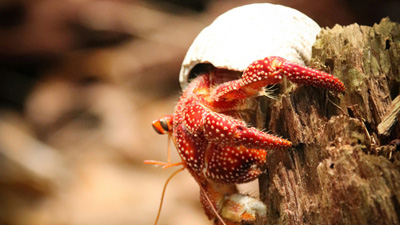 Other PetsHow Big of a Tank Does a Hermit Crab Need? (10-20 gallon)
Other PetsHow Big of a Tank Does a Hermit Crab Need? (10-20 gallon)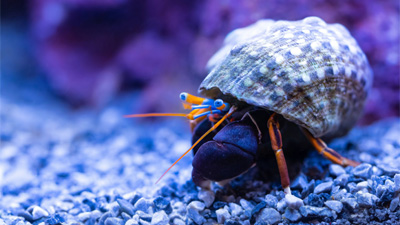 Other PetsCan Hermit Crabs Live in Tap Water?
Other PetsCan Hermit Crabs Live in Tap Water?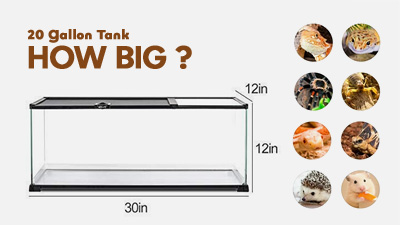 Other PetsHow Big is a 20-Gallon Reptile Tank in Inches?
Other PetsHow Big is a 20-Gallon Reptile Tank in Inches?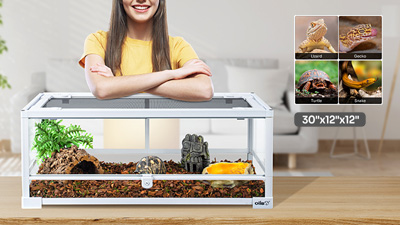 Other PetsThese 5 Reptiles Are Suitable for a 20-Gallon Tank
Other PetsThese 5 Reptiles Are Suitable for a 20-Gallon Tank